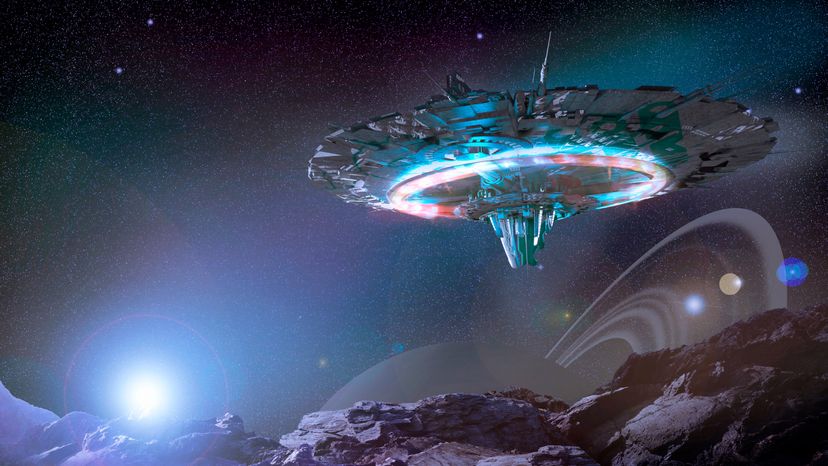Determining just how fast the TARDIS travels is a bit of a conundrum considering it moves through both space and time at extremely variable rates. As such, the distance occupants travel in time doesn’t always seem to relate to the amount of time they spend in the TARDIS.
In the episode “Utopia”, for example, they take the TARDIS all the way to the end of time and the journey only seems to take a few minutes. However, in other episodes, journeys apparently take at least several hours as evidenced by some companions stating they were able to get a full night’s rest before arriving at the destination.
Nevertheless, The Doctor is able to control the speed of the — at least to some degree. Therefore, its top speed is estimated to be somewhere around 10,000,000,000,000,000 times the speed of light.
Source: Screenshot via BBC Studios
